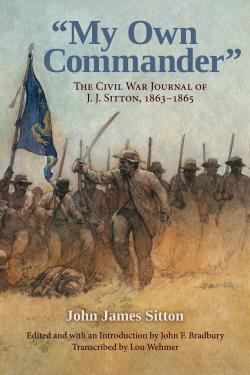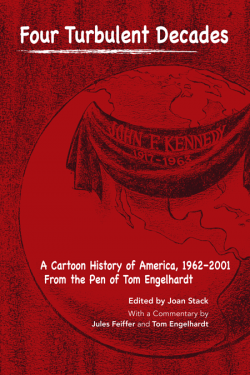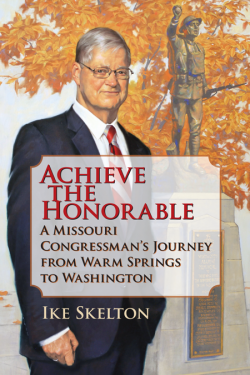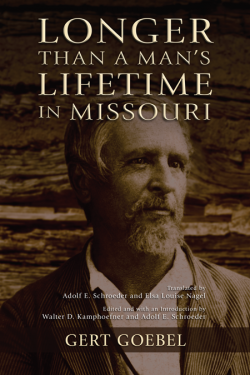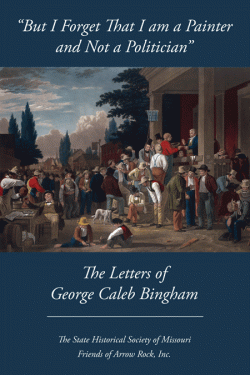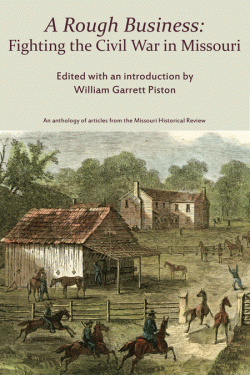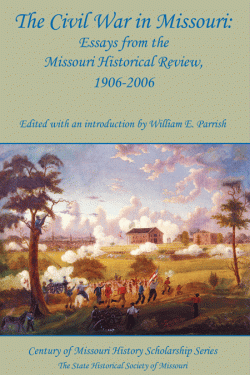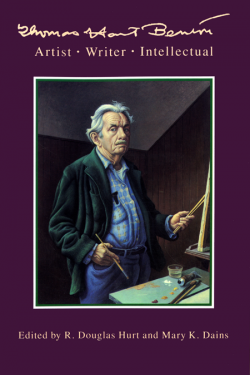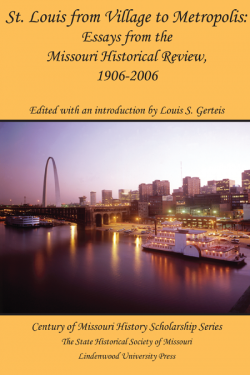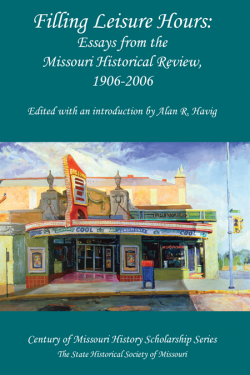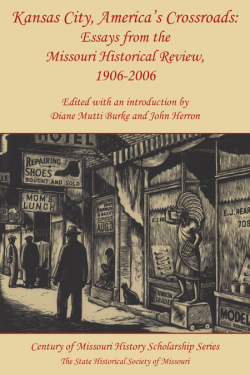"My Own Commander": The Civil War Journal of J. J. Sitton, 1863-1865
“My Own Commander”: The Civil War Journal of J. J. Sitton, 1863–1865 recounts the experiences of a young Confederate soldier from Washington County, Missouri, who fought in Mississippi before returning home to recruit men and ride with Sterling Price on a last-ditch effort to capture Missouri for the South.

